Plum varieties growing in the Moscow region

Plum is a garden tree that not only blooms beautifully, but also produces an excellent harvest every year. Plum fruits are rich in beneficial vitamins and organic acids. Every August and September, gardeners enjoy ripe, delicious plums. And for the winter they make aromatic plum jam.
What varieties of plums will produce a good harvest in the very heart of Russia - in the Moscow region? The purpose of this article is to talk about plum varieties that are adapted to the climatic conditions of the Moscow region. About those plum trees that will delight summer residents near Moscow with a rich harvest year after year.
Content:
What varieties of plums grow in the Moscow region?
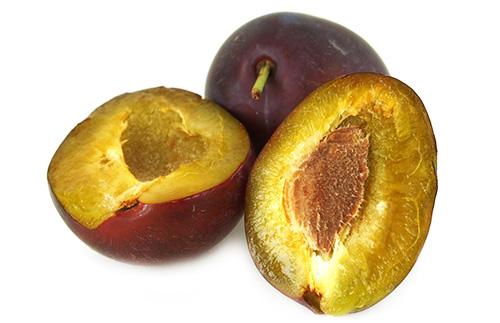
The Moscow region has a vast area; climatic conditions vary depending on the specific location of the dacha or gardening. In the south of the region, almost any variety of plum will take root well. But in the north and northeast of the Moscow region, in order for the plum tree to produce a good harvest, the summer resident will have to use ingenuity coupled with certain knowledge of botany.
Next, we will tell you for which varieties of plums the climate of the Moscow region will be comfortable. Attention will also be paid to caring for plum trees.
In the Moscow region, the following types of plums produce excellent harvests:
- Cherry plum Hybrid - Moscow region cherry plum - Russian plum
- Scythian gold
- Traveler
- Hungarian heroic
Hybrid cherry plum (aka Russian plum) is a frost-resistant fruit tree that grows in gardens throughout the Moscow region. Initially, cherry plum was a plant growing in the North Caucasus and Central Asia.
Breeders have long puzzled over how to make cherry plum suitable for more northern territories. Then scientists decided to cross cherry plum with Ussuri plum. The result was a new species that has taken root well in the climate of central Russia. In addition, hybrid cherry plum produces larger fruits.
When choosing seedlings cherry plum near Moscow, give preference to those grown in the Moscow region. Next, you need to choose the right place in the garden. The yield of a plum tree directly depends on the correct planting location. Try to dig a hole for cherry plum seedlings so that the plant often basks in the gentle rays of the sun.
The size of the hole should be 70x70 and 70 centimeters deep down. During the growing season, cherry plum can be “fed” with fertilizers. This will speed up the growth of the tree and produce larger fruits.
Russian plum is an undoubted favorite of the garden, which will delight you with excellent juicy fruits every season.
Scythian gold is another type of cherry plum with a beautiful name. The variety was obtained through cunning selection of the “Kuban comet” plum species. An adult Scythian gold tree has medium height and a spreading, beautiful crown. This cherry plum variety will be an excellent decoration for your garden.
What could be more beautiful than bright yellow fruits filled with juice among lush summer greens? The fruit itself reaches a weight of up to 36 grams, is distinguished by a fragrant plum smell and delicate tasty pulp.
Another type of frost-resistant plum bearing fruit in the gardens of the Moscow region is the “Traveler” plum.It has high winter hardiness and is very resistant to fungal and viral diseases. Seedlings need to be grown in areas of the garden that are rich in sunlight.

These plum trees bear fruit early (late July-early August) and produce a rich and high-quality harvest. The color of the fruit is yellow with a purple tint, the flesh is orange and very pleasant to the taste. The fruits of the “Traveler” make excellent jam.
Hungarian bogatyrska - like all the above varieties of plums, has high winter hardiness, which is very important for plants in the Moscow region. Summer residents harvest their first harvest in early September.
From one Hungarian plum tree you can harvest from 50 to 70 kilograms of plums. The fruit is distinguished by its oval shape, purple skin and amazing smell. The plum tastes honey and sweet.
Methods for caring for plum trees
- In order for plum trees to grow quickly, not wither and give stable harvest, they need some care. Caring for a plum tree consists of forming the crown of the fruit tree and monitoring the flower buds.
- In order to form a complete and even crown, the branches of the tree must be regularly trimmed to at least a third of the total length. Only the most powerful plum branches should be left intact. You also need to remember that pruning can only be done before the first spring buds form. So, a mandatory step in caring for a plum tree is regular trimming of the crown.
- You also need to remember to water the plant on time, weed the ground and pull out interfering weeds. If you regularly follow these simple and well-known rules, the plum trees in your garden will be healthy and productive.
- Plum fruit tree is an integral part of any well-kept and varied garden. Every summer it will delight you with its bright blooms, and by autumn you will be able to collect tasty and aromatic fruits.
Watch how to grow plums in the video:
Interesting information about the vegetable garden

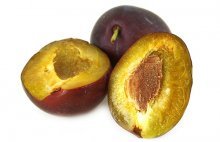
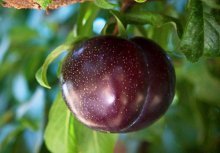
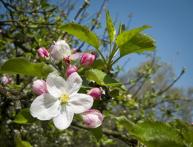

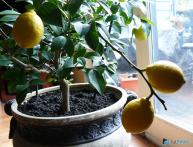
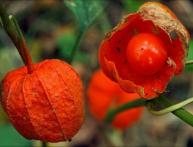
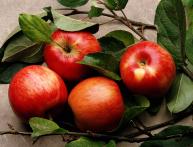
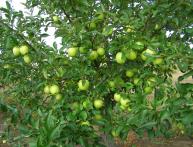

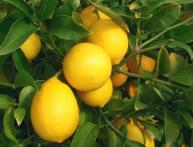
Comments
I was visiting my relatives, who live near Moscow. Hungarian Bogatyrska bears fruit well there, but with a break of a year or two. But the most fruitful are Svetlana and Romain.
And here in Siberia, blackthorn grows well and bears fruit. Its fruits do not differ in appearance except for their size from plums. I wonder if it also differs by variety?